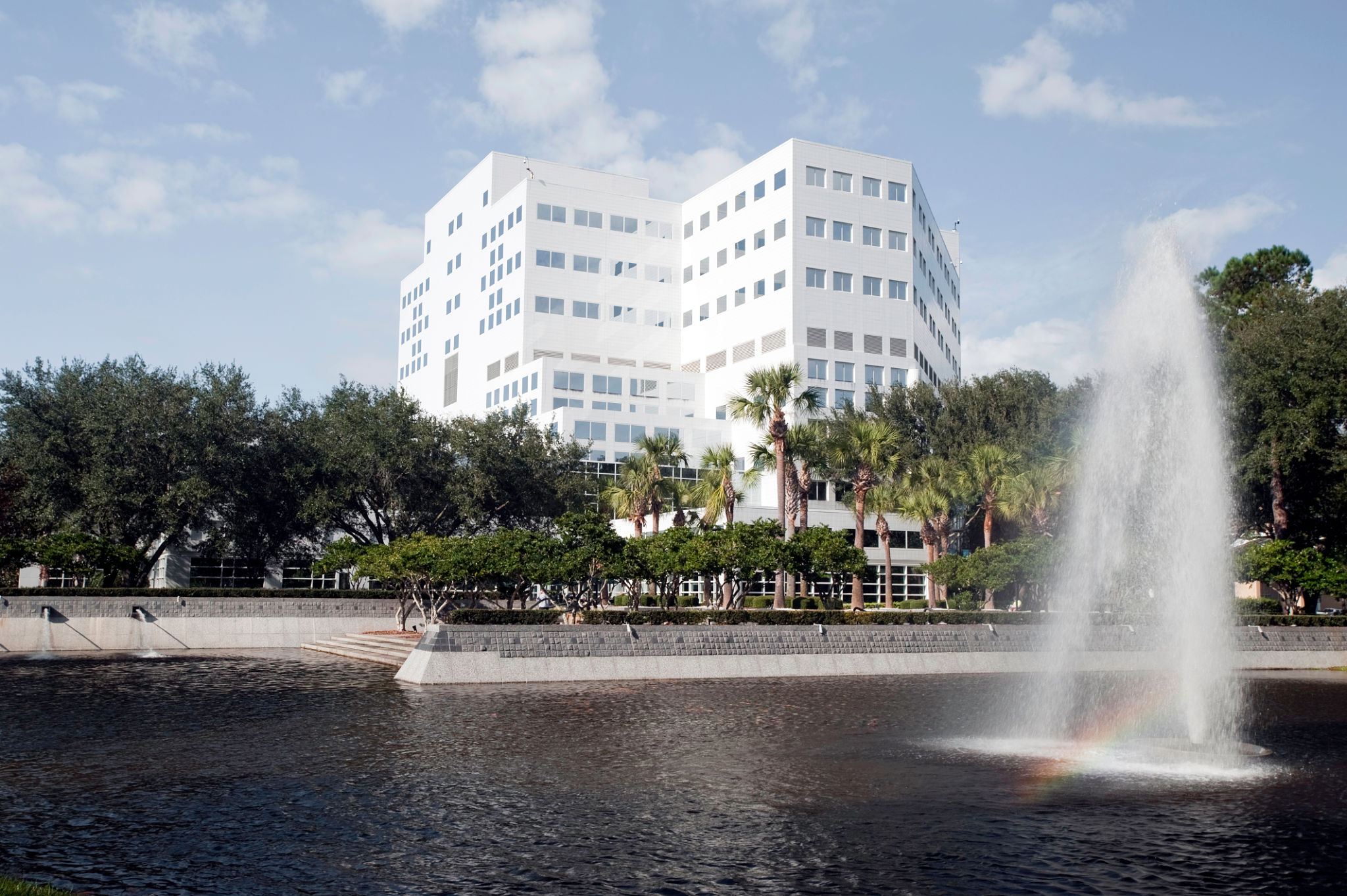Navigating Medical Recruitment: A Comprehensive Guide for Rochester Employers
Understanding the Medical Recruitment Landscape in Rochester
The medical recruitment landscape is evolving rapidly, especially in vibrant cities like Rochester. With a growing demand for healthcare professionals, employers must navigate the complexities of finding and retaining the right talent. Understanding these dynamics is crucial for building a strong healthcare team that can deliver excellent patient care.
Rochester's medical recruitment involves several unique challenges and opportunities. The city's robust healthcare sector offers numerous positions, but competition for qualified candidates is fierce. This comprehensive guide aims to provide employers with insights and strategies to successfully recruit medical professionals in Rochester.

Key Challenges in Medical Recruitment
One of the primary challenges in medical recruitment is the limited pool of qualified candidates. As the demand for healthcare services increases, the supply of skilled professionals does not always keep pace. This discrepancy can lead to longer hiring times and increased recruitment costs.
Additionally, the competition among healthcare institutions can make it difficult for smaller practices to attract top talent. Larger hospitals and healthcare systems often have more resources and brand recognition, which can be appealing to job seekers.
Addressing Skill Gaps
To overcome these challenges, employers must be proactive in addressing skill gaps. Offering competitive salaries and comprehensive benefits packages can make a significant difference. Furthermore, investing in training and development programs can help attract candidates looking for opportunities to advance their careers.

Effective Recruitment Strategies
A multi-faceted approach is essential for effective medical recruitment. Leveraging technology, such as applicant tracking systems and recruitment software, can streamline the hiring process and improve efficiency. These tools help manage applications, track candidates, and facilitate communication between recruiters and applicants.
Networking is another powerful strategy. Engaging with local medical schools, attending job fairs, and participating in healthcare industry events can help employers connect with potential candidates directly. Building relationships with educational institutions can also create a pipeline of future talent.
The Role of Employer Branding
Employer branding plays a crucial role in attracting medical professionals. A strong employer brand communicates the organization's values, culture, and commitment to employee satisfaction. Highlighting positive aspects such as work-life balance, career development opportunities, and a supportive work environment can differentiate your organization from competitors.

Retaining Top Talent
Recruitment is only part of the equation; retention is equally important. Ensuring that employees feel valued and engaged is vital for reducing turnover rates. Regular feedback sessions, recognition programs, and opportunities for professional growth contribute to employee satisfaction and loyalty.
Moreover, fostering a collaborative and inclusive workplace culture can enhance job satisfaction among medical professionals. Encouraging open communication and providing support for work-life balance are essential components of a positive work environment.
Adapting to Industry Trends
Finally, staying informed about industry trends is crucial for successful medical recruitment. Changes in healthcare regulations, technological advancements, and shifting patient demographics can all impact recruitment strategies. Employers should be flexible and ready to adapt to these changes to remain competitive in the Rochester medical recruitment landscape.
By implementing these strategies, Rochester employers can navigate the complexities of medical recruitment effectively, ensuring they attract and retain the best healthcare professionals to meet the needs of their community.
